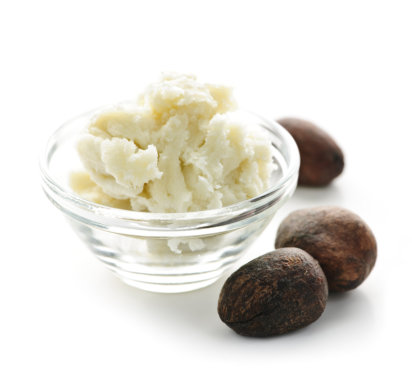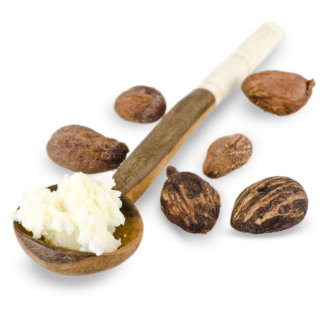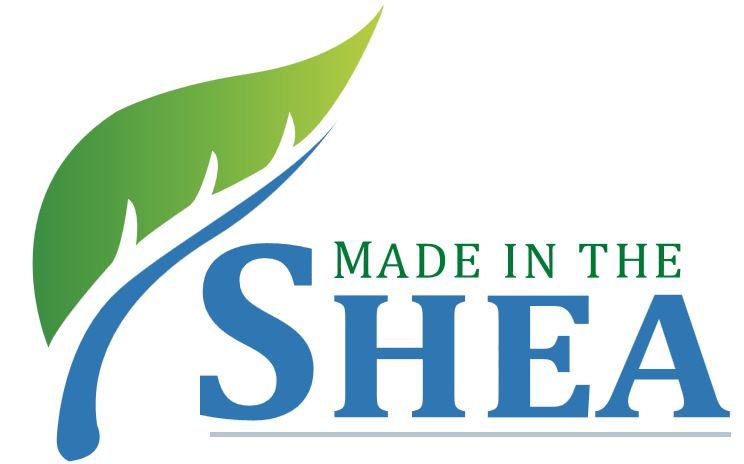What is Shea Butter?
 History Of Shea Butter
History Of Shea Butter
It is not well known that shea butter is not a recent discovery or accomplishment. This all-natural product has existed for several centuries. It is believed that some of the early users of shea butter were women like Cleopatra and the Queen of Sheba.
About 200 years ago, the Europeans rediscovered shea butter and it is now produced in 19 African countries. The Karite tree (or shea tree) grows without any assistance from man and most attempts to cultivate it in Europe and America failed. The tree grows naturally in the wild and every summer produces a plum-sized fruit. It is the nut from this fruit that is used to produce the shea butter.
These nuts are crushed by hand , then heated and ground into a thick paste. Water is added and boiled. After the boiling process, the actual shea butter is carefully scoped off the top and cooled.
The now hardened mixture is what we know as unrefined, raw shea butter. The unrefined shea butter can range in color beige to off-white to a light shade of yellow (as seen above). The unrefined shea butter exhibits a slightly nutty odor, which typically wears off quickly after it is applied to the skin.
Shea butter is a natural herbal extract produced from Shea nuts. Shea butter is known for providing effective skin care and is rich in stearic, oleic acids and natural vitamin E. Shea butter is also known for its:
•High moisturizing properties which helps protect the skin from dryness and sunburn
•Treatment of chapped lips and feet, skin abrasions and blemishes; high nutritive qualities including vitamins A, D, E, F
•The Shea nut products are versatility in home use in food and direct skin application
•Use in the cosmetic industry to make premium creams, lotions, bath soaps and skin care products
•Use in the manufacture of margarine and especially in the manufacture of chocolates and confectionery as it is an excellent substitute for Cocoa butter.
Our products and the ecology:
 Shea butter is one of the world’s most sustainable natural resources. The shea trees grow naturally in the grasslands of west and central Africa and do not need any irrigation, fertilizer or pesticides. Shea trees produce an abundance of fruit without the need for fertilizers.
Shea butter is one of the world’s most sustainable natural resources. The shea trees grow naturally in the grasslands of west and central Africa and do not need any irrigation, fertilizer or pesticides. Shea trees produce an abundance of fruit without the need for fertilizers.
Because they are native to the West African savanna and are not grown in dense plantations, pests are also not a problem. Thus, there is no need for toxic pesticides. Shea trees are adapted to the savanna environment and do not need to be irrigated. They are also resistant to the fires that sweep through the savannas every dry season.
Shea trees are wild, and are not grown in plantations. Efforts to start shea plantations have failed for two reasons. First, the shea trees do not germinate easily and have not been viable in plantation settings. Second, it takes at least twenty-five years for a shea tree to produce large numbers of fruits.
As more and more Americans become aware of the healing power of shea butter, the demand for this natural product will surely increase. It is important to purchase only shea butter that has been produced in Africa. The African product is sustainable because it is hand harvested and hand produced. The shea nuts are not over-harvested, and local people are in control of their resources. Shea butter production has the potential to help poor African nations.
